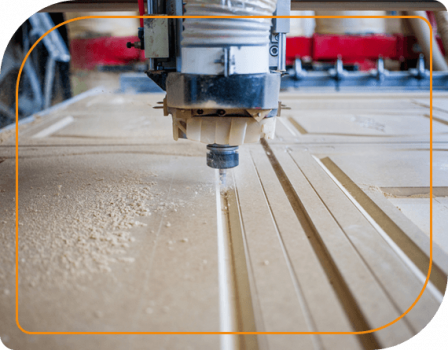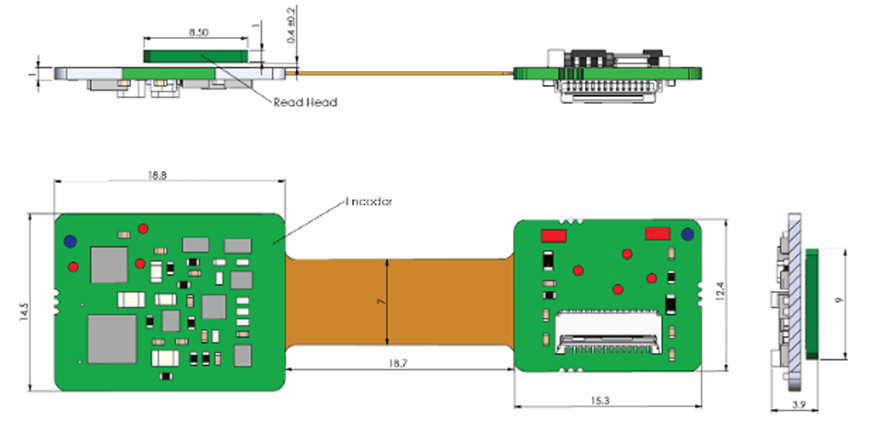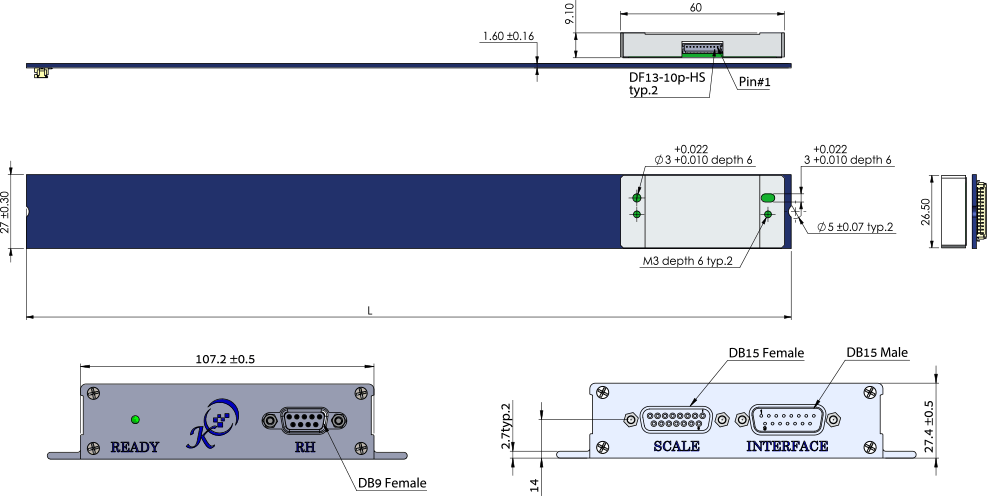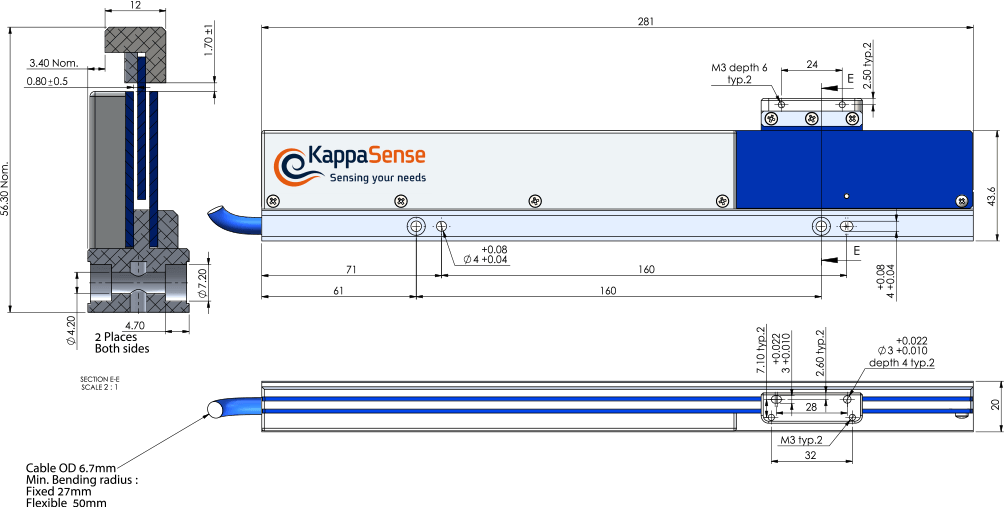Home > Applications > Capacitive Linear Encoders for CNC and Laser Cutting & Engraving Applications
Applications
Home > Applications > Capacitive Linear Encoders for CNC and Laser Cutting & Engraving Applications
Applications

Various technologies are available for cutting and engraving materials, such as laser, water jet and plasma. Cutting generally refers to cutting through the material that is being worked in order to either create specific shapes and outlines. Engraving, or etching, refers to removing part of the material, but not cutting right through it. Materials being worked include sheet metal, bulk metals, wood, leather, plastics, and acrylics.
Laser cutting and engraving is a diverse field that ranges from equipment that can be used at home to heavy industrial machinery. The laser device itself must be designed or selected according to the requirements of the application, and appropriate safety measures must always be put in place.
CNC – computerized numerical control – refers to a broad range of automatic machines used for all types of machining. Laser cutting is often used on bulk metal instead of CNC milling since laser cutting does not leave oxide residue on the workpiece and there is no wear to the cutting tool. Of course, every technology has its pros and cons, and the technology should always be carefully chosen to suit the application and to suit cost, environmental, and safety constraints.
Linear motion is at the heart of the gantry upon which laser cutting and engraving machines are based. The laser device is mounted on a two-axis gantry, and moved over the surface that is being machined. In some machines, a third axis is used in order to control the height of the laser device, and in even more sophisticated machines a fourth axis, using rotary motion, might be used to control the angle of the laser.
The characteristics of the linear motion that need to be considered when building or selecting a gantry include speed, precision, and stability. There are cost trade-offs to be made in all cases.
The linear motion of the gantry can be achieved using ball screws or linear motors. The choice depends on factors such as cost, speed, precision, stability, as well as on the weight of the laser device. Linear motors, for example, might be more suitable for supporting heavy loads, as well as for increasing the precision.
In high-end machines CNC, linear motion is used for added precision of the work piece. CNC encoders are those that are suitable for use in the typically harsh environment of a CNC machine.
In laser cutting and engraving systems where linear motors are used, the capacitive linear encoders from KappaSense are a good choice for the motor feedback. The capacitive linear precision encoder can also be used as cost-effective secondary feedback devices in simpler gantries that are based on rotary motors, pulleys and belts. The secondary feedback provides the true position of the laser device, facilitating position precision in such systems. In some applications where there is a high level of electromagnetic interference, the high resolution capacitive linear encoder can be an alternative to expensive fiber optic encoders.
Benefits in laser cutting and engraving systems include:


